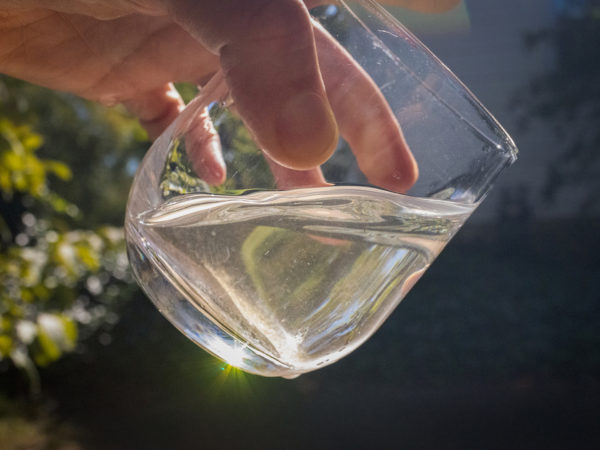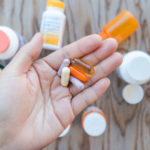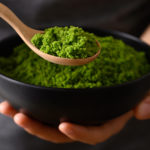Microplastics May Contribute To Antibiotic Resistance

Microplastics — tiny, often microscopic pieces of plastic debris — are pervasive across the planet. These particles have infiltrated food chains, accumulated in oceans, gathered in clouds and on mountaintops, and have been found within our bodies at alarming rates. Now, researchers from Boston University have found that bacteria exposed to microplastics are better able to demonstrate resistance to multiple types of antibiotics that are commonly used to treat infections.
In laboratory experiments with Escherichia coli (E. coli) bacteria, the researchers found that microplastics provide an ideal surface for bacteria to attach and colonize. Once attached, bacteria produce a biofilm — a sticky, protective layer that helps shield them from environmental threats, including antibiotics. They theorize that exposure to microplastics helps select the cells that better form biolayers. The research team now plans to extend their studies to real-world settings such as refugee camps, where sanitation tends to be poor and plastic waste is abundant.
Try this recipe today: Strawberry, Fennel & Arugula Salad
Sign up for more Dr. Weil newsletters!












